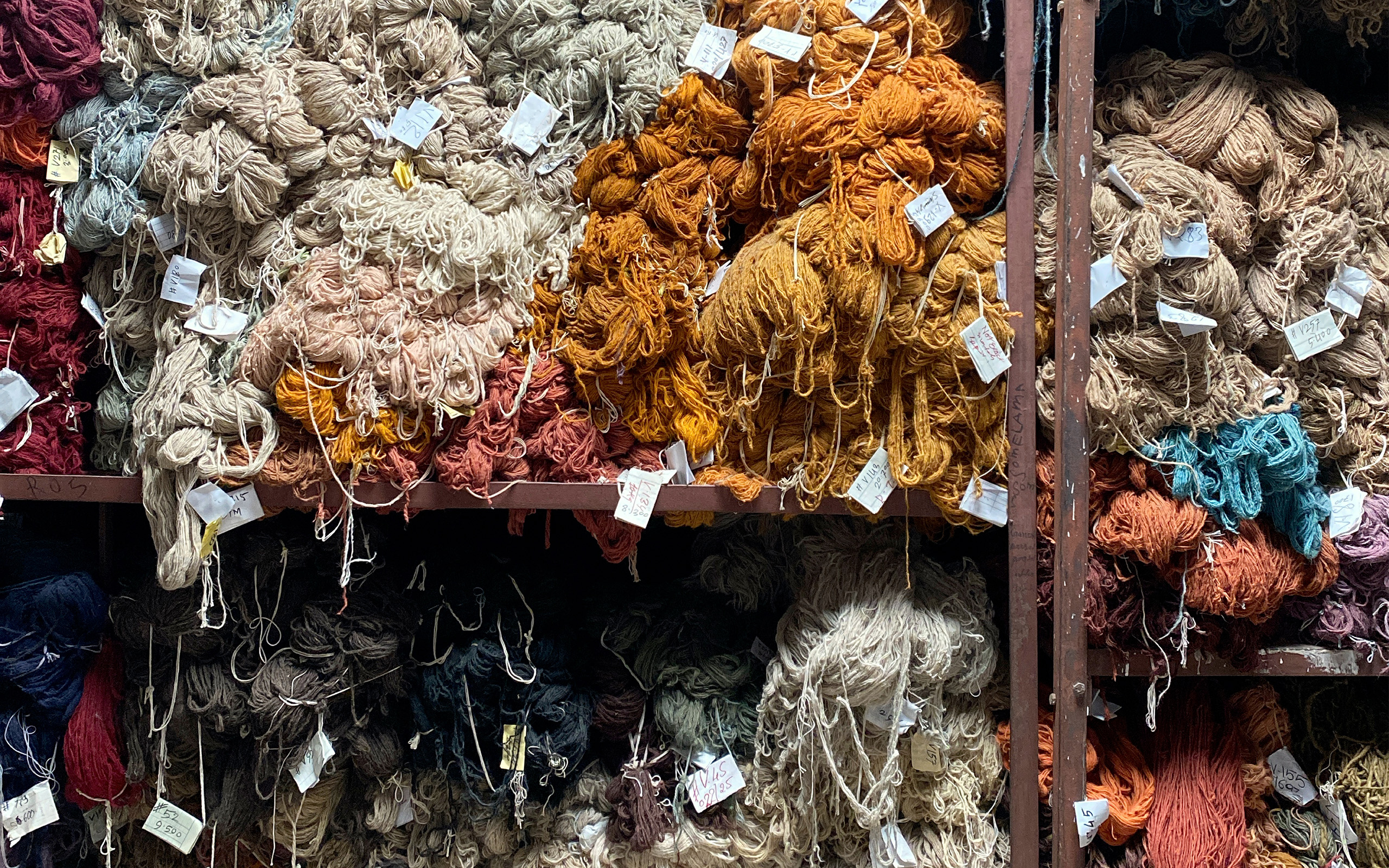Nepal Ascending
I have thought long on this, in fact since November 2016 and I do not in any way claim to have the answers save one: I know if nothing is done, the facts speak for themselves. I have friends in Nepal who envision a guild of sorts which would certify the quality of workmanship and materials. I have other friends in Nepal who would join this guild if it meant they would sell more carpets. I see the possibility of this guild idea growing to include export organizations, and NGOs from the West. I see the Guild bringing together Nepalis, Tibetans, and Westerners with a renewed ‘we can rebuild’ attitude like that which existed in that ‘brief shining moment’ that was the aftermath of the earthquake; earthquake also as allusion to the long decline of Nepali weaving. I call upon any concerned importer or maker of Nepali-Tibetan carpets to if not join me and my colleagues in working toward this concept of Guild, at least acknowledge a new approach must be had. For those who feel as I do, that a more unified voice is required, that more can be done both here in the West but more importantly in Nepal as well, and that the status quo is less than acceptable, I welcome the opportunity to talk with you personally so that we can – collaboratively – truly give back to Nepal.






